10 Best Herbal Teas For Lower Back Pain
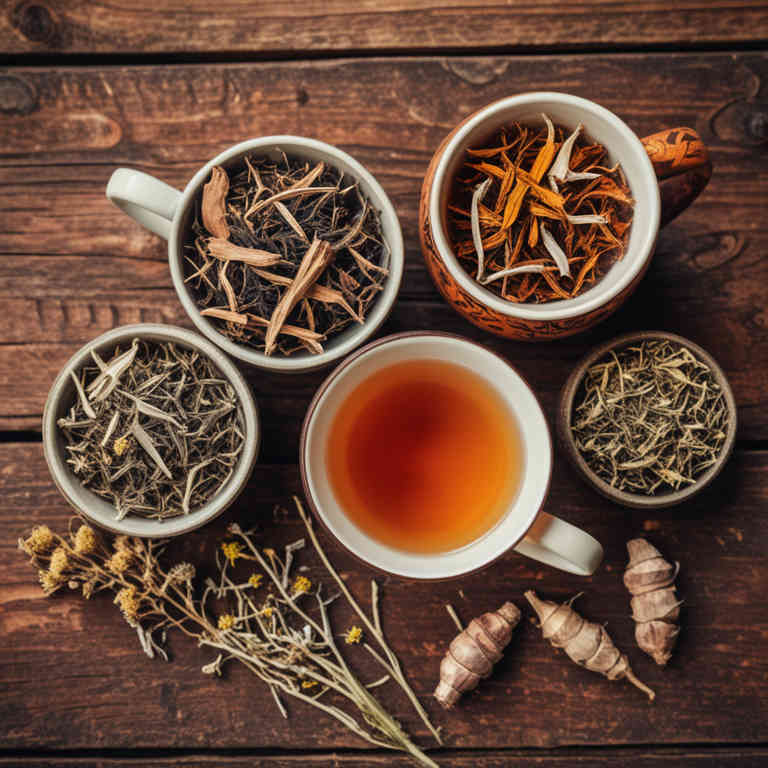
Herbal teas can be a natural and soothing remedy for lower back pain, offering a gentle alternative to conventional treatments.
Certain herbs such as chamomile, ginger, and turmeric are known for their anti-inflammatory and analgesic properties, which may help reduce pain and inflammation in the lower back. These teas work by promoting relaxation, improving circulation, and easing muscle tension that often contributes to discomfort. To prepare, simply steep the dried herbs in hot water for several minutes, and drink 1-2 cups a day for best results.
While herbal teas can provide relief, it is important to consult with a healthcare professional, especially if the pain is chronic or severe.
FREE Herb Drying Checklist
How to make sure every batch retains maximum flavor, color, and aroma without the risk of mold or over-drying. Eliminate guesswork and trial-and-error, making herb drying faster, easier, and more efficient every time.
Table of Contents
1. Salvia officinalis
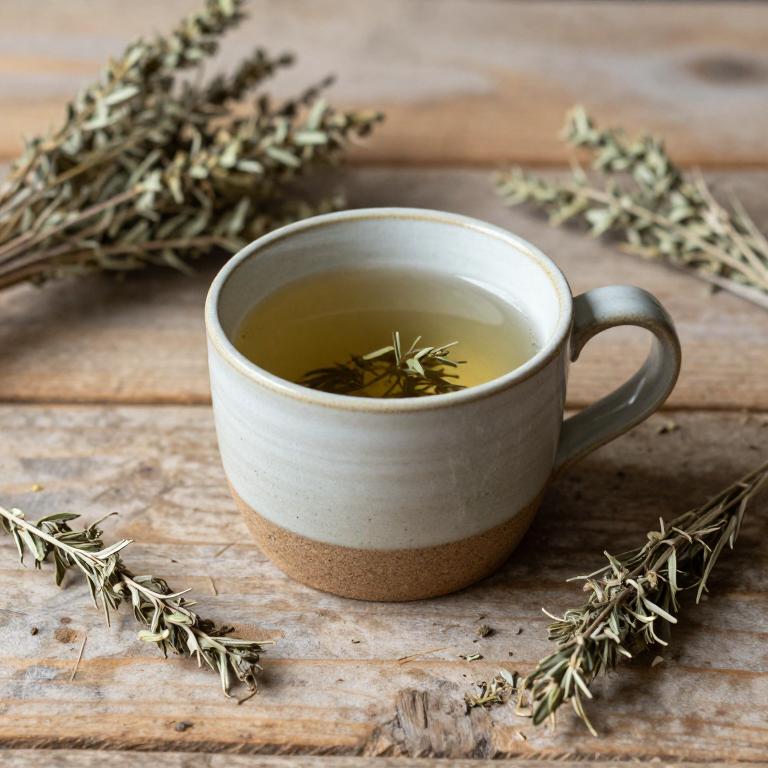
Salvia officinalis, commonly known as sage, has been traditionally used in herbal medicine for its potential anti-inflammatory and analgesic properties.
While primarily known for its use in digestive and respiratory health, some studies suggest that sage may help alleviate lower back pain by reducing inflammation and muscle tension. Herbal teas made from dried sage leaves can be consumed as a natural remedy to support overall musculoskeletal health. However, it is important to consult with a healthcare professional before using sage tea, especially for chronic or severe lower back pain.
Despite its traditional use, more research is needed to fully understand its efficacy and safety for this specific condition.
2. Urtica dioica
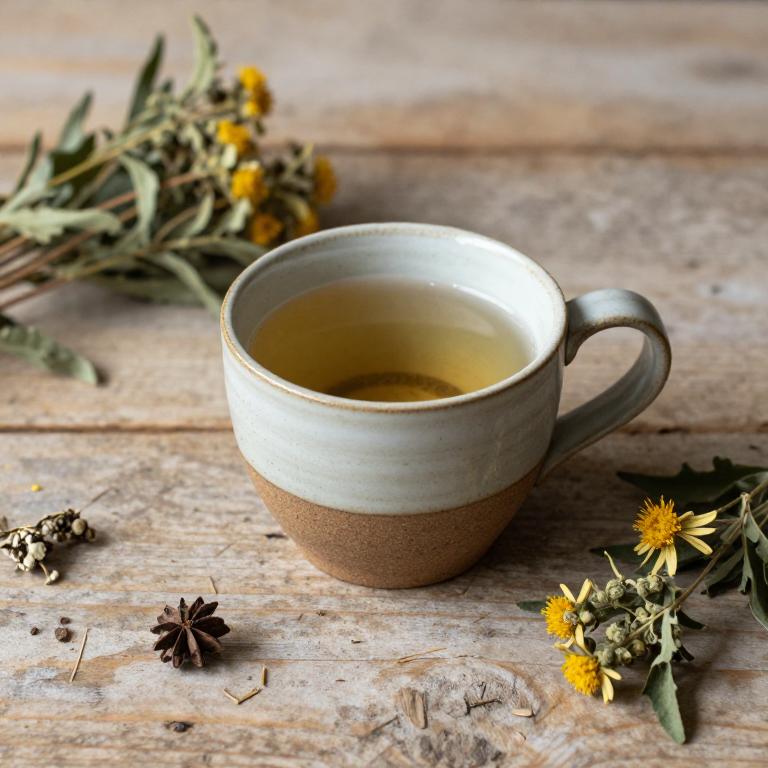
Urtica dioica, commonly known as stinging nettle, has been used for centuries in herbal medicine to address various health conditions, including lower back pain.
When prepared as a herbal tea, it is believed to possess anti-inflammatory and analgesic properties that may help reduce pain and swelling in the lower back. The tea is typically made by steeping dried leaves in hot water, and it is often consumed several times a day for maximum benefit. While some studies suggest that nettle may support musculoskeletal health, more research is needed to fully understand its efficacy for lower back pain.
As with any herbal remedy, it is advisable to consult a healthcare professional before use, especially for individuals with existing medical conditions or those taking other medications.
3. Equisetum arvense
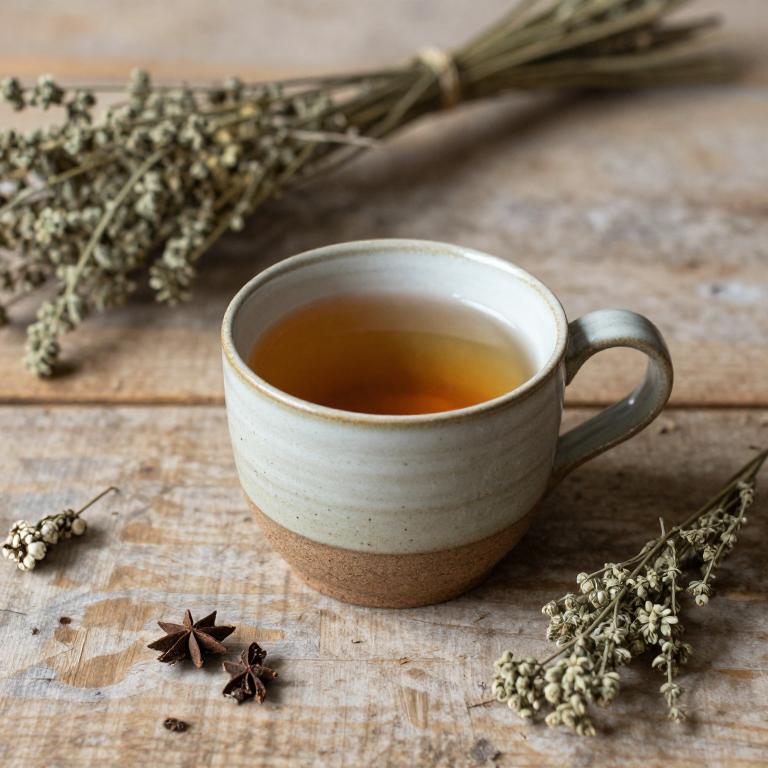
Equisetum arvense, commonly known as horsetail, is a herbal plant that has been traditionally used for its high concentration of silica, which is believed to support bone and joint health.
While it is not a direct treatment for lower back pain, some studies suggest that its anti-inflammatory and diuretic properties may help alleviate symptoms associated with conditions like osteoarthritis or muscle strain. Herbal teas made from equisetum arvense are often consumed to promote overall musculoskeletal wellness and improve circulation. However, it is important to consult with a healthcare professional before using horsetail tea, as it may interact with certain medications or have side effects in high doses.
Despite its potential benefits, equisetum arvense should be used as a complementary therapy rather than a replacement for conventional medical treatments.
4. Zingiber officinale
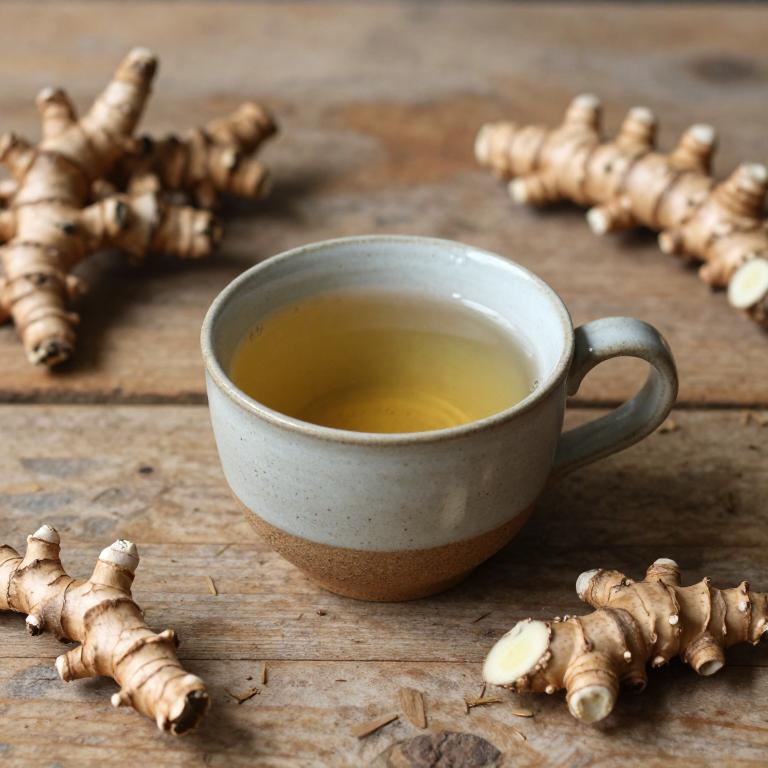
Zingiber officinale, commonly known as ginger, has been traditionally used in herbal teas to alleviate various health issues, including lower back pain.
The active compounds in ginger, such as gingerol and shogaol, possess anti-inflammatory and analgesic properties that may help reduce inflammation and muscle tension in the lower back. Drinking ginger tea regularly can promote relaxation of the muscles and improve circulation, which may contribute to pain relief. However, it is important to note that while ginger tea may offer some symptomatic relief, it should not replace professional medical advice or treatment for chronic lower back pain.
Individuals with gastrointestinal issues or those on blood-thinning medications should consult a healthcare provider before incorporating ginger tea into their routine.
5. Rosa canina
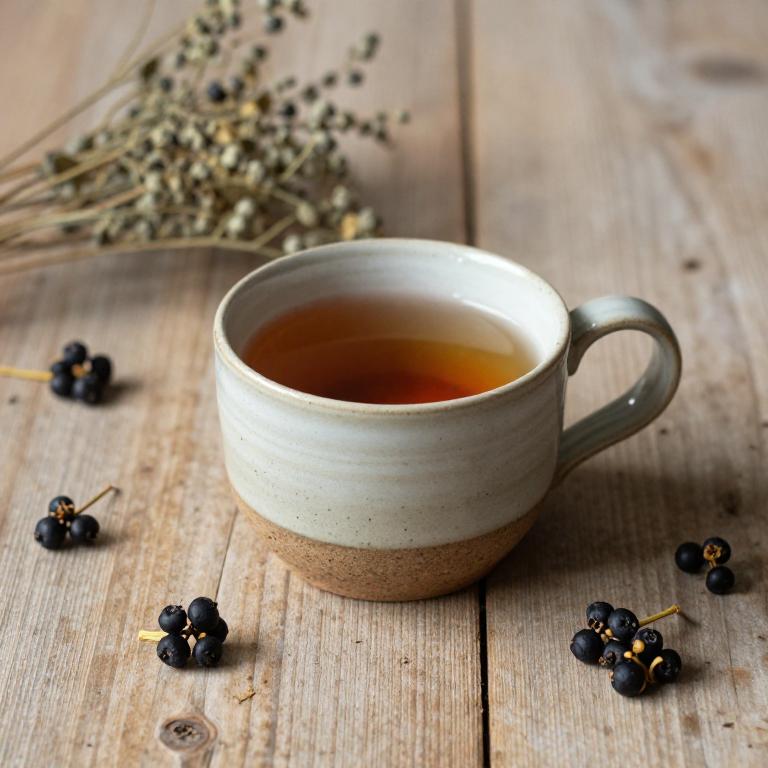
Rosa canina, commonly known as rosehip, is a traditional herbal remedy that has been used for centuries to support joint and muscle health.
Rosehip herbal teas are rich in bioactive compounds such as antioxidants, flavonoids, and essential oils, which may help reduce inflammation and promote tissue repair. These teas are often recommended for individuals experiencing lower back pain due to their potential anti-inflammatory properties. The mild, slightly tart flavor of rosehip tea makes it a pleasant and accessible option for regular consumption.
While it is not a substitute for medical treatment, incorporating rosehip tea into a holistic approach may offer natural relief for chronic lower back discomfort.
6. Hypericum perforatum

Hypericum perforatum, commonly known as St. John's wort, is a herbal remedy that has been traditionally used for its potential anti-inflammatory and analgesic properties.
While it is widely recognized for its effects on mood disorders, some studies suggest it may also provide relief for lower back pain by reducing inflammation and muscle tension. When prepared as a herbal tea, hypericum perforatum can be consumed daily to support overall musculoskeletal health. However, it is important to consult with a healthcare provider before using it, as it may interact with certain medications.
Despite its natural origin, the effectiveness and safety of hypericum perforatum for lower back pain should be evaluated on an individual basis.
7. Curcuma longa
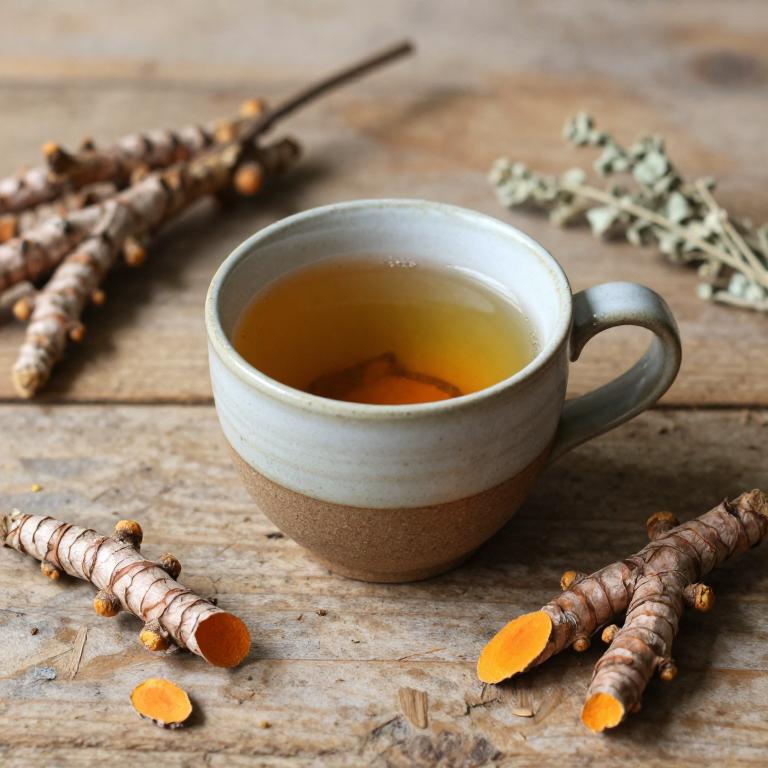
Curcuma longa, commonly known as turmeric, has been traditionally used in herbal medicine for its anti-inflammatory and antioxidant properties.
Herbal teas made from curcuma longa may help alleviate lower back pain by reducing inflammation and promoting tissue healing. The active compound in turmeric, curcumin, is believed to inhibit inflammatory pathways in the body. While scientific evidence supports its potential benefits, it is often recommended to consume turmeric with black pepper or a fat source to enhance absorption.
As with any herbal remedy, it is advisable to consult a healthcare professional before using curcuma longa tea for chronic or severe lower back pain.
8. Chamomilla recutita
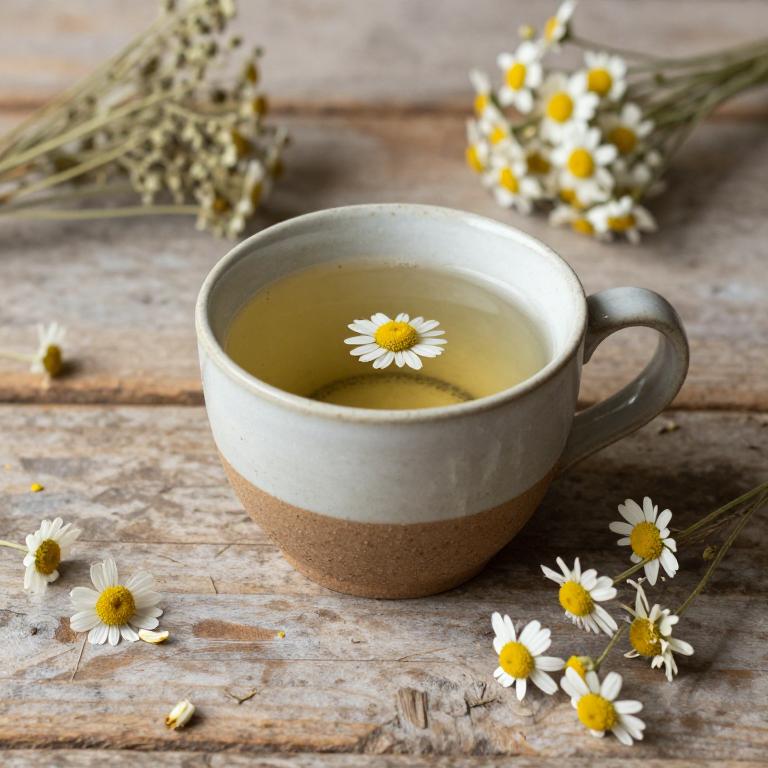
Chamomilla recutita, commonly known as German chamomile, is a popular herbal tea that has been traditionally used for its calming and anti-inflammatory properties.
Studies suggest that the active compounds in chamomile, such as flavonoids and bisabolol, may help reduce inflammation and muscle tension, which can contribute to lower back pain. When consumed as a warm tea, chamomile can promote relaxation and improve sleep quality, both of which are essential for managing chronic pain. While it is generally considered safe for most people, it is important to consult a healthcare provider before using it, especially if you are pregnant, nursing, or taking medications.
Overall, chamomilla recutita herbal tea may serve as a complementary therapy for alleviating lower back pain when used alongside other recommended treatments.
9. Matricaria chamomilla

Matricaria chamomilla, commonly known as chamomile, is a popular herbal tea often used for its calming and anti-inflammatory properties.
While it is widely recognized for its soothing effects on the digestive system and sleep quality, some studies suggest it may also provide relief for lower back pain due to its ability to reduce inflammation and muscle tension. Chamomile contains compounds like bisabolol and flavonoids, which have been shown to possess analgesic and antispasmodic effects. When consumed as a tea, it can help ease discomfort by promoting relaxation and reducing stress-related muscle strain in the lower back.
However, it is important to consult with a healthcare provider before using chamomile tea as a treatment for persistent or severe lower back pain.
10. Cnicus benedictus
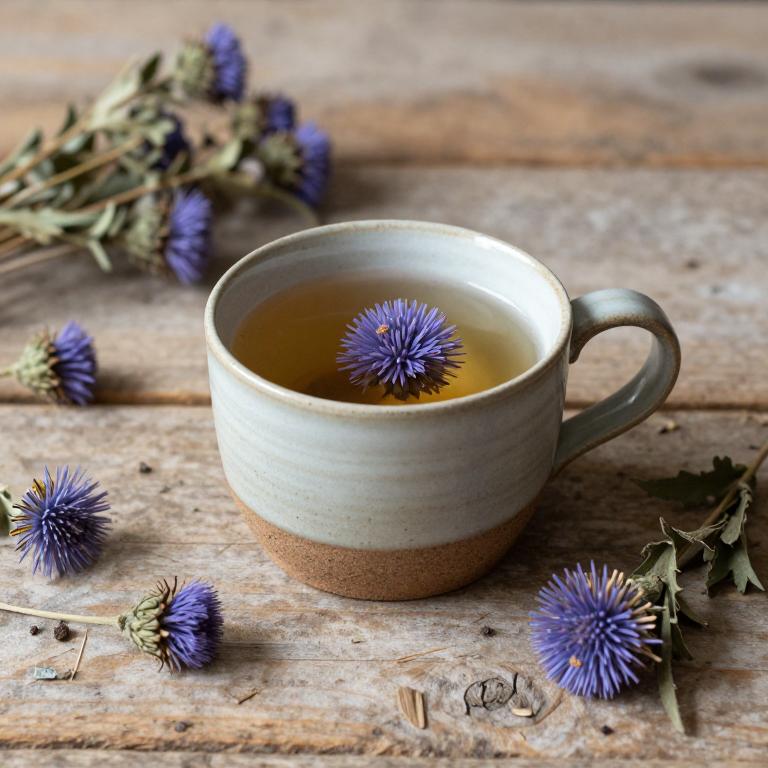
Cnicus benedictus, commonly known as blessed thistle, is a herbal remedy that has been traditionally used for its anti-inflammatory and pain-relieving properties.
When brewed into a tea, it may help alleviate symptoms of lower back pain by reducing inflammation and promoting muscle relaxation. This herb is believed to support the body’s natural healing processes, making it a popular choice in herbal medicine for musculoskeletal discomfort. However, it is important to consult with a healthcare professional before using blessed thistle, especially if you are pregnant, nursing, or taking other medications.
While some people find relief from lower back pain with this herbal tea, individual responses may vary, and it should not replace conventional medical treatments.